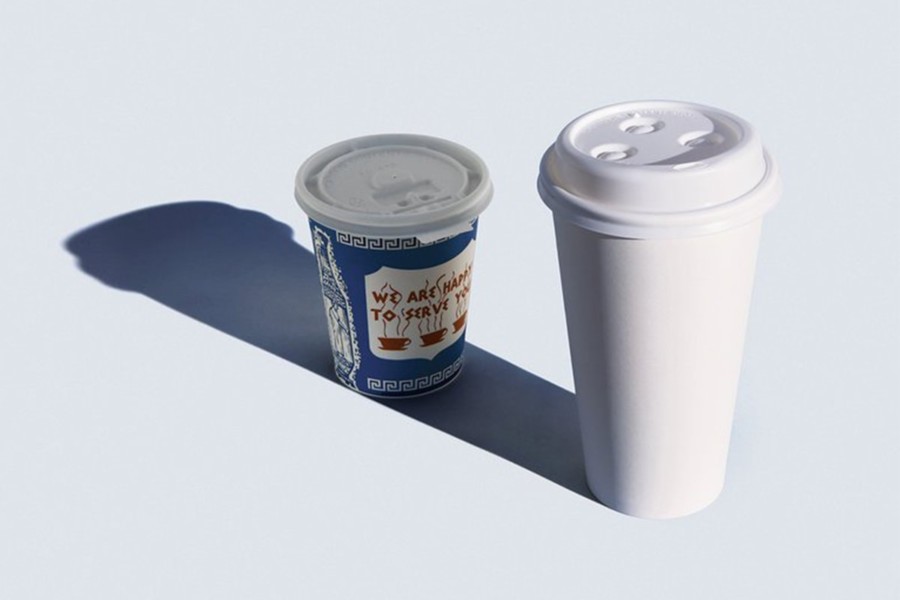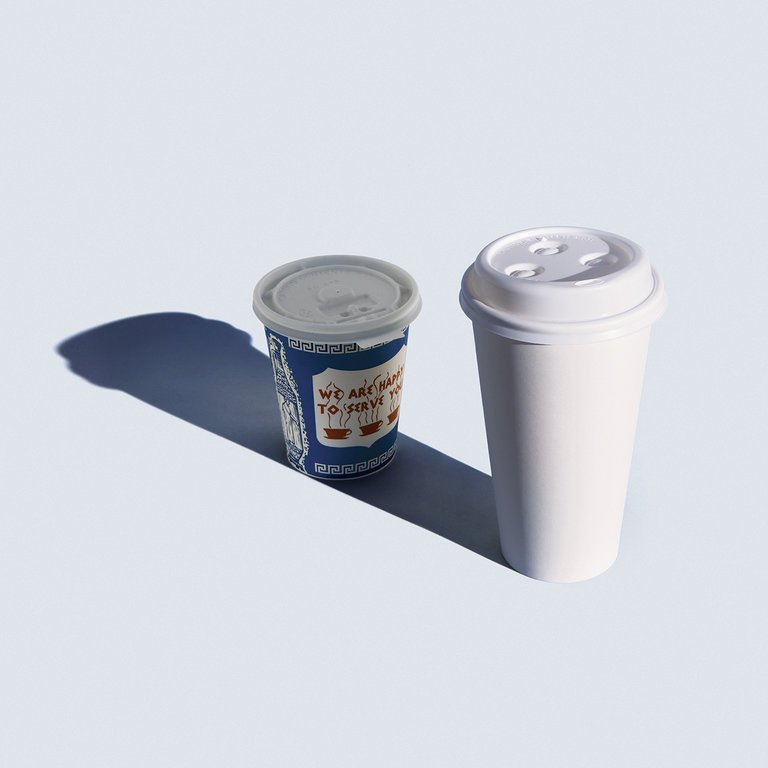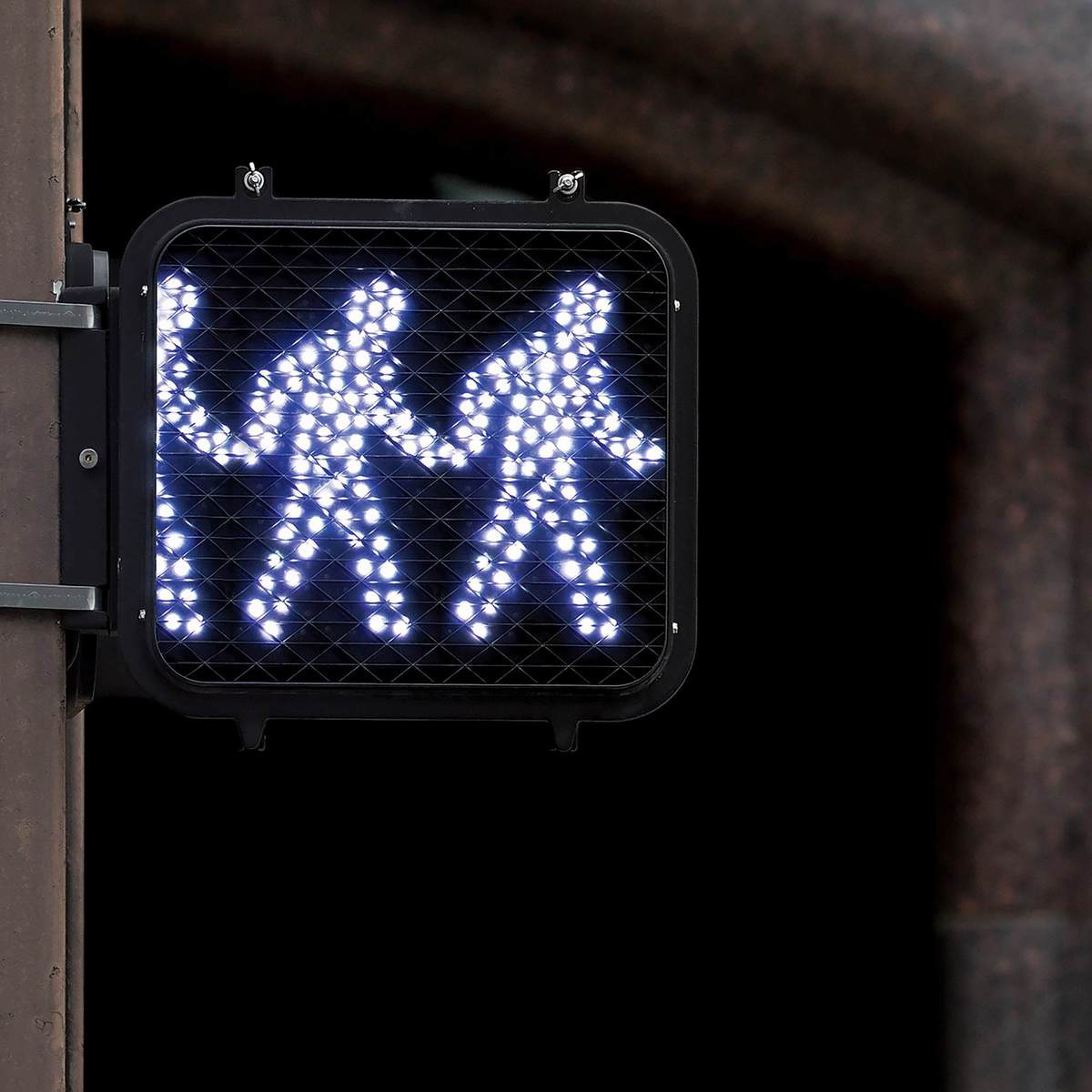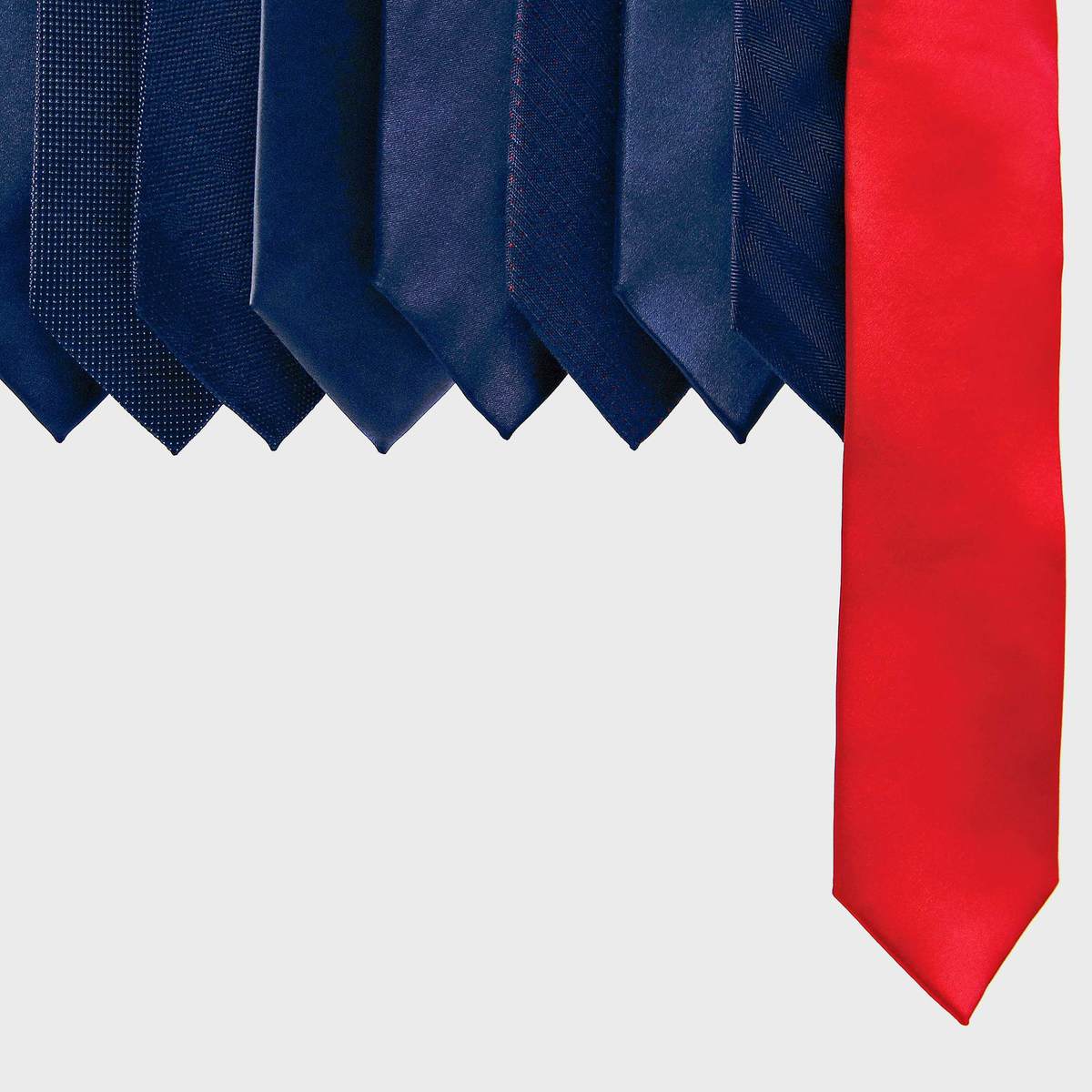Share
How Do You Photograph a Concept? Derek Brahney Illustrates the Answer
Photography has long been used to support and even enhance storytelling. In journalism, images tend towards the literal. A story about the Presiden...

Photography has long been used to support and even enhance storytelling. In journalism, images tend towards the literal. A story about the President usually features an image of the President. But a variety of factors (e.g. budget and time constraints) combined with the difficulty of illustrating conceptual topics can pose a real challenge. Editors sometimes rely on stock photography, but bad stock can mislead the reader and often relies on outmoded stereotypes that is never subtle or smart.
So I was intrigued by a photo illustration in The New York Times Magazine’s piece on gentrification. The use of the iconic Anthora coffee cup, dwarfed by the shadow of a towering generic cup struck the perfect balance of cultural relevance (the cup is familiar to any New Yorker), information density, and simplicity.
New Jersey-born Derek Brahney is the artist behind the image. The Syracuse University graduate has worked as a designer, studio assistant to artist Tom Sachs, and now splits his time between his commercial work for clients like The New York Times and MIT Technology Review, and his own conceptual art.
I reached out to Brahney to find out more about how he carved out a niche as a conceptual illustrator, and how he comes up with his ideas.

Photo illustration by Derek Brahney
I was really struck at the elegance (and brilliance) of your gentrification image. In your interview with “It’s Nice That,” you mention your process of reading a draft of an article, then coming up with a few ideas to send to the editors. How did you come up with this idea of the coffee cup? Do you remember what some of the alternate ideas were?
Thanks for the kind words! That image is a favorite of mine. Yes, for illustration commissions I get a draft of the article and typically have 24 hours to present ideas, then another 24-48 to create a final image once an idea is approved. As you’ve probably noticed, my work often uses objects as a central focus — I studied industrial design and have always had an interest in everyday, manufactured things. Over time I grew to realize what I appreciate maybe even more so than the aesthetic or functional qualities, is the potential to symbolize something more abstract.
So if I’m lucky, when I read a brief I’ll almost immediately think of certain objects that I’ll want to try incorporating into an idea. It might be something that I’ve been thinking about for a while and just waiting for the right opportunity to use, or something I saw on the street that morning. For this brief, about gentrification, one thing that came to mind right away was the Greek deli coffee cup. You don’t see them very often anymore and I had recently gotten a coffee at a place in my neighborhood that still has them. It’s a classic piece of NYC history and I think symbolizes a part of it that, along with bodegas and other pieces of culture is unfortunately disappearing to make way for more chain stores and artisanal coffee shops. I knew for sure there was an idea there but it took some back and forth to figure out.
This is where the great work of the art director and team at NYT mag comes in, they have a high standard for imagery and can always tell when an idea has potential but isn’t quite there yet. There were a bunch of alternates for this one: stacks of cups getting smaller and smaller, pouring coffee from one cup into another, some variations on the ‘we are happy to serve you’ slogan itself, and others. You can always tell when an idea is too overthought or missing the mark — so you keep refining until something interesting happens. Finally, I arrived at this idea of overshadowing, like a shiny new high rise casting a literal shadow on a small neighborhood deli. So if the Greek cup is the deli, then what’s the high rise? A brand new, large, bright white cup made perfect sense, and that’s kind of how it came together.

“Chain Migration Used to Be a Benign Term. Not Anymore.” Photo illustration by Derek Brahney
You use a variety of techniques to create final art. Sometimes you create an actual object (e.g. “Scam”), and other times you use compositing (e.g. “Issues”). How do you determine the “correct” solution when you’re on deadline?
That’s pretty easy to determine actually, it mostly comes down to whether or not I will have enough time to build or acquire what I need for a final image. I strongly prefer the physical route of making an object, or arranging / manipulating things to create a scenario that I will then photograph – as opposed to using stock images or relying heavily on Photoshop to create the image. First, it’s just more fun that way – my background is more in art / sculpture than photography or digital compositing anyway so it feels more natural to me. And second, I like the idea of having to look closely at the image to discern what’s real and what’s fake, it gives it another layer. Sometimes the physical part will take a whole day (like “Scam” or “Border”) and shooting it will take 20 minutes – and other times it’s the complete opposite where it’s a very simple object but might require some digital finessing afterwards. It can get tricky since you have to present multiple ideas, and you don’t know which one will be approved. Then there is very limited time for execution, so you try to plan ahead as much as you can. Depending on the idea, sometimes there just isn’t enough time to get the right props, or the idea doesn’t lend itself to the more physical approach. In that case I might work with stock imagery and/or compositing. But as you mentioned, it varies and it can be a combination of these techniques too.

“Why Are Nations Rushing to Call Everything an Act of War?” Photo illustration by Derek Brahney
Every time the media reports that some organization got hacked, we see the same, terrible stock imagery: Matrix-style 01010s, or a guy in a hoodie wearing a Guy Fawkes mask sitting at a computer. Why do you think these horrible (and inaccurate) depictions persist year after year?
That’s a great question. I guess for a lot of those pieces they don’t place as high of a value on the visual aspect of telling the story. Maybe they don’t have the interest or budget to hire someone to create an original image, or don’t really see the art direction as important, so they go on one of these stock photography sites and license a terribly generic image.

“What If Our Current State of Affairs is Actually Normal?” Photo Illustration by Derek Brahney
How did you carve out a niche as a “go to” guy for conceptual illustration? And why do you think you are successful at it?
I started doing conceptual illustration totally by chance. I used to work at a design agency, and then I worked for a sculptor for a while. After that I started doing freelance design and branding work on my own, kind of just feeling it out and taking on any project that would come my way, and making art whenever I had the time. I would post photos on my Instagram of objects I’d made, interesting everyday juxtapositions I’d noticed, other projects, etc. I didn’t have a big following by any means, but someone from The New York Times Magazine came across my work and got in touch about commissioning an illustration. I completely assumed they wanted a drawing – I had dabbled in illustration of the more traditional kind here and there.
But then they referenced some of the objects I had made, and explained they basically were looking for a photograph of an object, to be used as an illustration. Until then I had never even considered “photo illustration” as a medium – I guess I had sort of viewed illustrators and photographers separately and I didn’t really identify myself as either. But it was of course an exciting opportunity so I jumped at the chance. The first commission turned into a few more and then eventually a weekly gig illustrating the same column, called First Words. I’ve done almost 50 of them now, so just by having those out there in the world more people have started to take notice and I’ve gotten more commissions. My strategy has basically been to say yes to every one even if that means getting myself into a pretty intense situation with deadlines sometimes. As for if or why I’m successful at it, I try not to think about that too much and figure the best thing to do is just focus on the next one.


